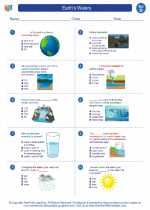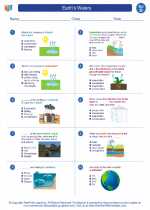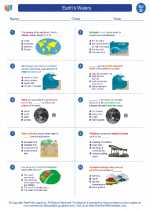Grasslands
Grasslands are vast areas of land covered with grasses and other small plants, but few trees. They are found on every continent except Antarctica and are home to a wide variety of wildlife. There are two main types of grasslands: tropical grasslands, also known as savannas, and temperate grasslands.
Tropical Grasslands (Savannas)
Tropical grasslands are located near the equator and have warm temperatures throughout the year. They experience distinct wet and dry seasons, with heavy rainfall during the wet season and little to no rainfall during the dry season. The grasses in savannas are adapted to these seasonal changes, with deep root systems that can access water during dry periods.
Temperate Grasslands
Temperate grasslands are found in areas with cold winters and hot summers. They receive less rainfall than tropical grasslands and are characterized by vast expanses of grasses, wildflowers, and herbs. The soil in temperate grasslands is very fertile, making these areas prime for agriculture.
Study Guide
- What are grasslands?
- Where are grasslands found?
- What are the two main types of grasslands?
- Describe tropical grasslands (savannas).
- What are the characteristics of temperate grasslands?
- How do the grasses in savannas adapt to seasonal changes?
- Why are temperate grasslands prime for agriculture?
- What types of wildlife can be found in grasslands?
Understanding the characteristics and importance of grasslands is essential in learning about the Earth's ecosystems and the diverse habitats they provide for wildlife.
[Grasslands] Related Worksheets and Study Guides:
.◂Science Worksheets and Study Guides Fourth Grade. Earth's Waters

 Worksheet/Answer key
Worksheet/Answer key
 Worksheet/Answer key
Worksheet/Answer key
 Worksheet/Answer key
Worksheet/Answer key
 Vocabulary/Answer key
Vocabulary/Answer key
 Vocabulary/Answer key
Vocabulary/Answer key
